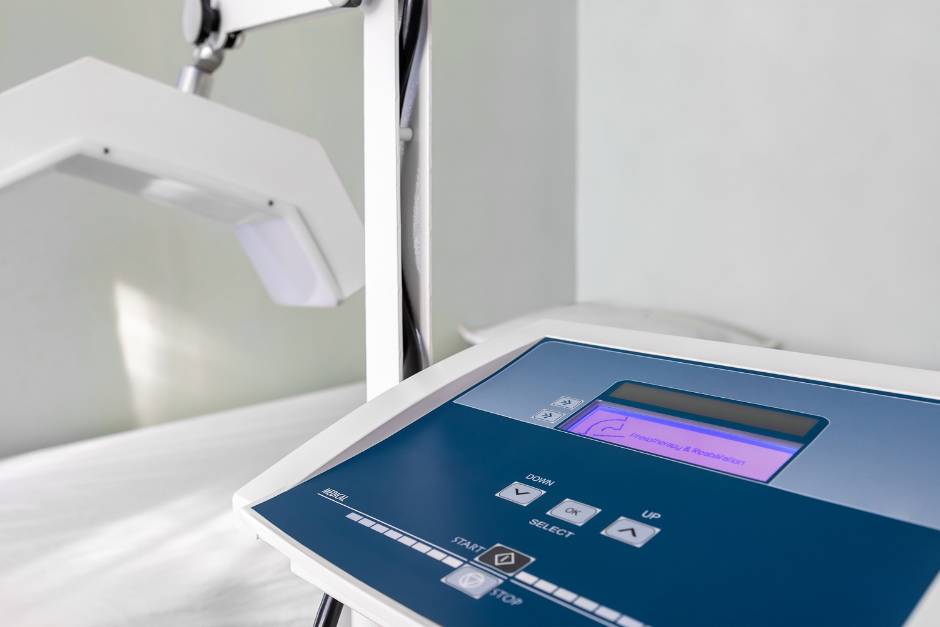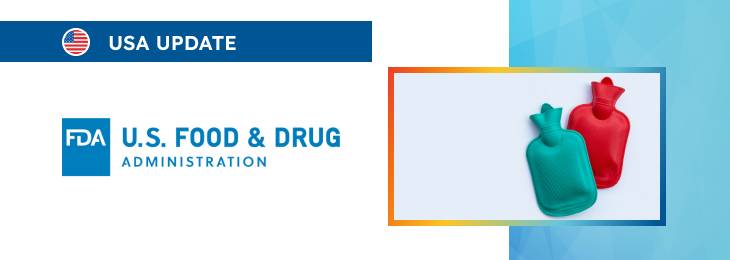The new article provides additional clarifications regarding various testing methodologies to be used when assessing the thermal effect caused by medical devices when used for the intended purpose, as well as the risks associated with it.

Table of content
The Food and Drug Administration (FDA or the Agency), the US regulating authority in healthcare products, has published a draft guidance document dedicated to evaluating the thermal effects of medical devices that produce tissue heating and/or cooling.
Once finalized, the guidance will provide an overview of the applicable regulatory requirements and additional clarifications and recommendations to be considered by medical device manufacturers and other parties involved to ensure compliance with it.
At the same time, it is essential to mention that provisions of the guidance are non-binding in their legal nature and they are not intended to introduce new rules or impose new obligations.
Moreover, the authority explicitly states that an alternative approach could be applied, provided such an approach is in line with the existing legal framework. It has been agreed with the authority in advance.
Selection of Tissues for Testing
First of all, the document describes the approach to be followed when selecting tissues to be used for testing. The FDA explains that ex vivo tissue and in vivo animal testing be conducted on tissues relevant to the device’s specific indications for use, to gather clinically applicable thermal data.
For general soft tissue indications involving thermal damage, it is also recommended to include at least three tissue types – liver, kidney, and muscle – due to their varying densities.
The choice of tissues should also consider the energy flow and development of tissue effects without impediment from the testing conditions.

Test Methods
The methodology for testing tissue effects emphasizes the importance of understanding the spatial temperature distribution over time and its return to baseline values.
Tests should expose tissue to minimum, average, and worst-case scenarios of temperature-time history, ensuring that post-device application, the tissue can return to baseline temperature naturally, allowing for the full development of tissue effects.
Replication of tests in triplicate across the range of device settings is vital to demonstrate thermal safety comprehensively.
Assessing Thermally Affected Tissue Region
According to the guidance, an assessment of the thermally affected tissue region is vitally important, while the FDA recommends histological stains to determine the full extent of the damage.
Additionally, changes in tissue properties can offer insights into the affected regions, using various methods to quantify the full extent of thermal effects.
Measuring Thermal Energy Spread
Probe-based thermometry and image-based thermometry are crucial techniques for measuring thermal energy spread.
These methods must be accurate, precise, and capable of capturing the full range of possible temperatures with adequate spatial and temporal resolution. Data and rationale should support the suitability of probes or imaging methods.
Reporting Results
The FDA additionally emphasizes the importance of providing a complete experimental protocol and a final report within the premarket submission, including dimensions of the thermally affected tissue region and temperature-time graphs.
The results should demonstrate how, in vivo, the device achieves its intended purpose without compromising patient safety.
Conclusion
The present draft guidance issued by the FDA provides detailed information and clarification regarding testing methodologies to be used when evaluating the actual performance of medical devices intentionally or unintentionally impacting the human tissue temperature in the context of risks associated with It.
In particular, the document provides specific recommendations to be taken into consideration by medical device manufacturers and other parties responsible for medical devices when conducting such testing, emphasising the importance of proper preparation and planning to ensure all the key aspects are duly addressed in the course of the actual testing being conducted.
How Can RegDesk Help?
RegDesk is a holistic Regulatory Information Management System that provides medical device and pharma companies with regulatory intelligence for over 120 markets worldwide. It can help you prepare and publish global applications, manage standards, run change assessments, and obtain real-time alerts on regulatory changes through a centralized platform. Our clients also have access to our network of over 4000 compliance experts worldwide to obtain verification on critical questions. Global expansion has never been this simple.

